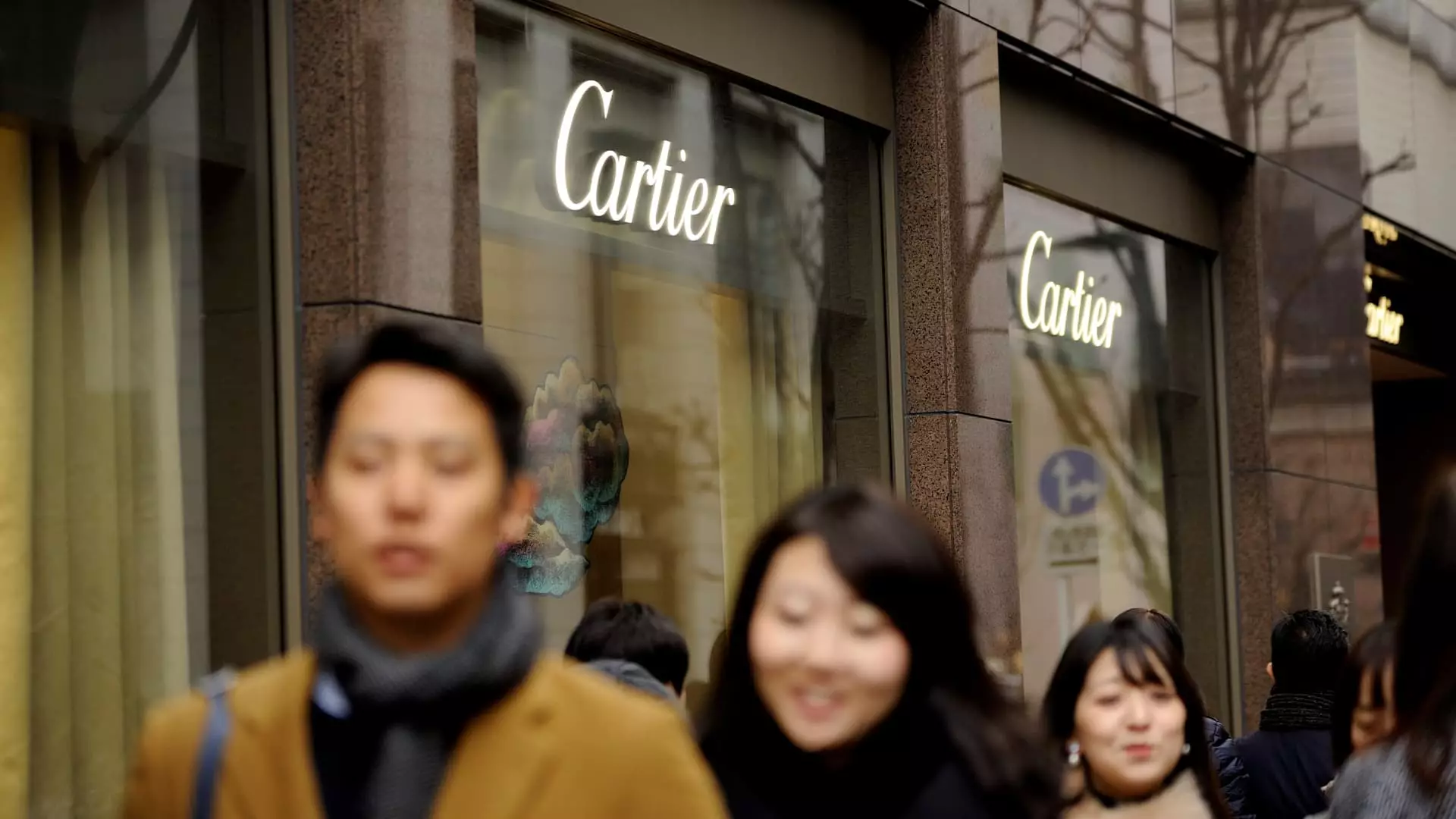The recent downturn in Japan’s luxury market reveals a harsh truth about the fragile nature of economic euphoria fueled by currency manipulation and geopolitical shifts. Once basking in the glow of a depreciated yen, luxury giants like Richemont capitalized on a currency-driven surge, boosting sales dramatically. However, this apparent prosperity was never sustainable. The appreciation of the yen signals a turn towards realism, exposing how deeply the high-end market is dependent on external economic distortions rather than genuine consumer strength. It’s a stark reminder that any illusion of resilience in luxury spending is often built on unstable foundations—currency devaluation, government policies, and geopolitical tensions—rather than authentic demand or economic health.
Market Dependency on Currency and Tourism Shows Cracks
Richemont’s experience underscores a painfully evident point: luxury markets are extraordinarily vulnerable to currency swings and shifts in international tourism. The explosive growth seen last year was largely the byproduct of a weaker yen, which made Japanese luxury goods significantly more attractive to foreign buyers. Yet this boom was never rooted in local prosperity or increased domestic wealth. As the yen begins to recover, the inflow of international tourists recedes, dragging sales down. This dynamic reveals an overreliance on transient factors, highlighting how the luxury sector’s fortunes are often at the mercy of macroeconomic policies and currency trends, rather than robust consumer confidence or consistent domestic demand.
The Myth of Enduring Wealth and Stability
Despite the recent decline, Richemont’s core luxury clientele, especially wealthy Japanese consumers, remain resilient. This highlights a broader misconception: that the ultra-rich are immune to macroeconomic shifts. Their demand for high-end jewelry and watches continues to hold steady, even as external factors cause turbulence in specific markets. Yet, this resilience is only partial; it exposes a paradox—while wealthy consumers may weather economic storms, the illusion of a stable luxury market is just that, a façade masking underlying vulnerabilities. The sector’s dependence on geopolitical and currency stability underscores its precarious position, especially in a global landscape rife with economic uncertainties and shifting trade policies.
Implications for the Future of Luxury Spending
This recent volatility, particularly in key markets like Japan, points to a larger reckoning: the luxury sector’s reliance on external economic conditions is a ticking time bomb. As governments recalibrate monetary policies—such as Japan’s move away from ultra-loose interest rates—the artificially inflated luxury sales can swiftly deflate. For consumers, especially in Asia, the luxury spending spree appears increasingly precarious, vulnerable to the tides of currency appreciation and geopolitical stability. The industry must confront the uncomfortable reality that its growth models are heavily dependent on external factors, risking a future where once-robust markets could suddenly contract, exposing how fragile even the most glittering segments can be when faced with economic truth.

